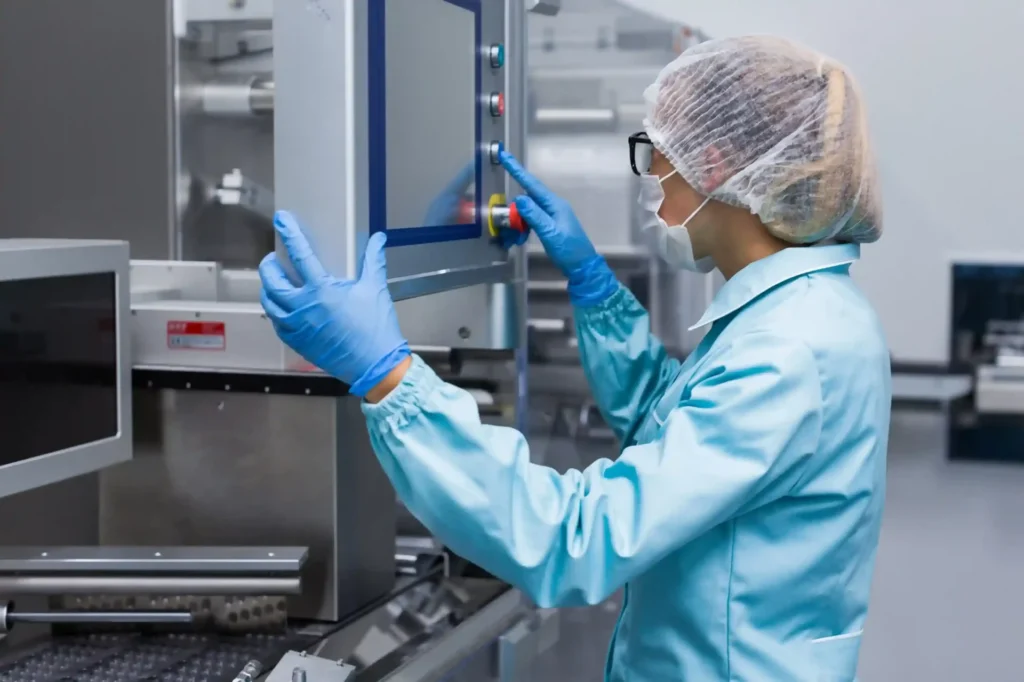When it comes to maintaining a safe and controlled environment in laboratories, biosafety cabinets (BSCs) are the unsung heroes. These specialized enclosures aren’t just fancy boxes with filters—they’re a crucial line of defense against contamination and exposure to hazardous biological materials. But what makes biosafety cabinets so different from other lab equipment? Let’s dive in.
Key Features of Biosafety Cabinets
Levels of Protection Offered
Biosafety cabinets are designed to provide three levels of protection:
- User Protection – Ensuring the individual working with biological agents is shielded from exposure.
- Environmental Protection – Preventing harmful contaminants from escaping into the lab or beyond.
- Sample Protection – Keeping the biological material inside free from external contamination.
Think of a BSC as the lab’s bodyguard, blocking threats from all directions.
Airflow Systems and Containment Mechanisms
Here’s where biosafety cabinets really shine. The secret lies in their advanced airflow systems. These systems create a carefully controlled environment using HEPA filters to trap airborne particles. Imagine a bouncer at an exclusive party—only in this case, it’s microscopic pathogens that are turned away at the door.
This airflow is what makes BSCs different from basic fume hoods or laminar flow cabinets. It’s not just about pulling air in; it’s about maintaining a balance that protects both the user and the specimen.
Types of Biosafety Cabinets: Class I, II, and III
Biosafety cabinets come in three main classes, each with unique applications:
- Class I: Offers user and environmental protection but doesn’t shield the sample from contamination. Great for basic containment tasks.
- Class II: The most versatile, providing comprehensive protection for user, environment, and sample. These are the MVPs in most labs.
- Class III: Maximum containment for high-risk pathogens. Think of it as the armored tank of biosafety cabinets.
How Biosafety Cabinets Ensure Safety
Protection for Users and Laboratory Environments
Safety is non-negotiable in a lab setting, and BSCs deliver. By preventing exposure to potentially hazardous biological agents, they keep users safe while ensuring the lab environment remains uncontaminated.
Preventing Cross-Contamination
Ever heard of Murphy’s Law? In labs, if contamination can happen, it probably will. Biosafety cabinets act as the ultimate insurance policy, minimizing the risk of cross-contamination between samples.
Compliance with International Safety Standards
BSCs aren’t just designed to protect; they’re built to meet stringent international safety standards. This ensures labs operate within legal and ethical boundaries, providing peace of mind for everyone involved.
Applications of Biosafety Cabinets in Different Industries
Medical and Clinical Laboratories
In medical and clinical settings, BSCs are indispensable. Whether diagnosing infectious diseases or handling patient samples, these cabinets are critical for maintaining a sterile environment.
Pharmaceutical and Research Facilities
Pharmaceutical labs use BSCs to develop vaccines, medications, and other treatments. Meanwhile, research facilities rely on them for groundbreaking work in fields like genetics and microbiology. Imagine trying to cure diseases without a reliable BSC—talk about a risky business!
Industrial and Biotechnological Use Cases
Beyond healthcare, industries like biotechnology and agriculture use BSCs for everything from developing biofuels to engineering crops. These cabinets ensure that innovations happen safely and efficiently.
Choosing the Right Biosafety Cabinet for Your Needs
Factors to Consider: Size, Class, and Purpose
Not all biosafety cabinets are created equal. When selecting one, it’s essential to consider the specific needs of your lab. Do you need a compact unit for a small workspace? Or a high-capacity Class III cabinet for handling dangerous pathogens? Think of it as choosing the right tool for the job—you wouldn’t use a hammer to fix a delicate watch, right?
Maintenance and Certification Requirements
Like any sophisticated equipment, BSCs require regular maintenance and certification to stay in top form. Skipping these steps is like neglecting oil changes in your car—it’s only a matter of time before things go downhill.
Why Biosafety Cabinets are Essential for Modern Laboratories
Biosafety cabinets are more than just protective barriers; they’re the backbone of safe and efficient lab operations. Whether you’re in healthcare, research, or industry, investing in the right BSC can mean the difference between breakthrough success and costly setbacks.
Ready to upgrade your lab’s safety game? Contact us today to find the perfect biosafety cabinet for your needs. Let’s make your lab safer, smarter, and more productive!
FAQs
1. How often should a biosafety cabinet be inspected and certified?
Biosafety cabinets should be inspected and certified at least once a year to ensure optimal performance and compliance with safety standards.
2. Can biosafety cabinets be used for chemical handling?
No, biosafety cabinets are designed for biological containment, not for handling chemicals or hazardous vapors. For chemicals, use a fume hood instead.
3. What’s the difference between a laminar flow cabinet and a biosafety cabinet?
Laminar flow cabinets protect the sample from contamination but don’t offer user or environmental protection. Biosafety cabinets provide comprehensive protection for all three.
4. Do biosafety cabinets require specific installation conditions?
Yes, BSCs need to be installed in areas with minimal air disturbance to maintain airflow integrity and ensure proper function.
5. Are biosafety cabinets noisy during operation?
While they produce some noise due to airflow systems, modern BSCs are designed to operate quietly, minimizing disruption in the lab environment.

